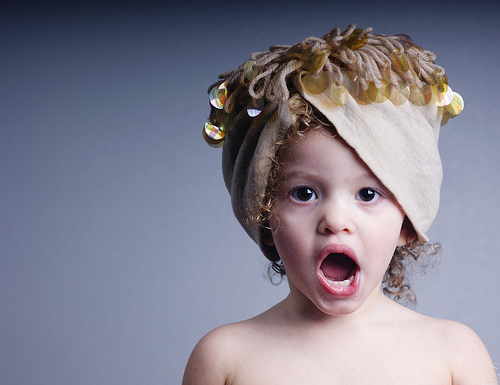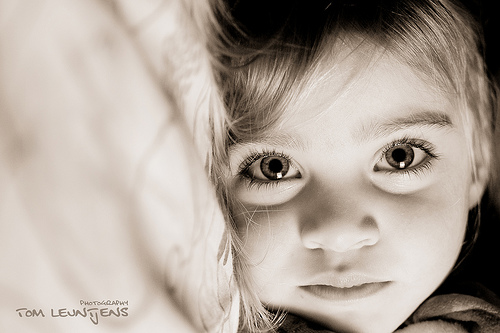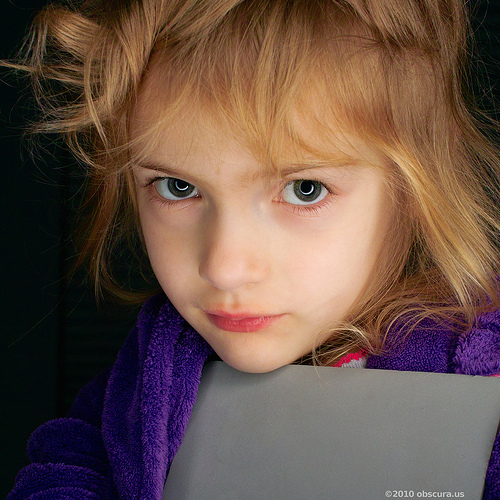
Catchlight is the photography term used to describe the reflection of light that shows up in the eyes. The human eyes are the liveliest part of the human persona and naturally tends to gain the reflection from the surrounding light sources and it just takes an observing eye to capture this natural phenomena onto the frame. While you will probably notice the catchlights in the eyes of your subject during the daytime due to the reflection gained from the natural light, sometimes it calls for some specific studio settings to capture the catchlights.
Why Catchlights?
What is the big deal about the catchlights; why are photographers fascinated about capturing the catchlights? Catchlights make the portraits look livelier and underscore the expression in the portraits. It is like portraying the reality onto the frame — the reality of the glittering eyes. It is about capturing the shining eyes, which holds so many secrets and promises in them. The catchlights help in making interesting portrait photographs and attract the viewers into the liveliness of the photograph. Even though one might not notice the glow in the eyes instantly, subtle catchlights contribute to the overall feel of the photograph and pull-in the viewer to the element of interest.
Technique And Set-Up For Photographing Catchlight
Catchlights vary in size, shape and position. The formation of catch lights is dependent on the light source used for making the exposure. The most favorable position for the catch lights is supposed to be on the upper edge of the iris, which looks more natural and pleasing owing to the fact that the natural light is over head and thus get reflected in the upper corners of the iris.
It is fairly simple to photograph the glow of light in the eyes when photographing in the natural light. The natural source of light, the sun, tends to gain the reflection in the eyes naturally. It then just requires you to observe the catchlight and capture one. It becomes trickier in the studio set-up, where there is no natural light available. In such cases, the professional photographers arrange the key light, fill light and soft boxes to act as reflectors in a way that the eye of the subject gain the glow of light at the desired position. In the studio set-up you have to direct the subject to look in the specific direction or tilt the head, so as to produce the reflection of lights in the eyes of the subject. The professional photographers take up the challenge of creating distinct shapes for catchlights. While circular catchlights look natural and rectangular catchlights are resulted of the soft-boxes, the photographers imply various photography equipment for creating unique catchlights like those appearing as a star. The photographers use various light modifiers for achieving the desired catchlights; like a soft box, a umbrella, the ring flash, a beauty dish, etc. Here are some examples to exemplify the implication of light modifiers for creating stunningly beautiful catchlights.
In this studio portrait, the photographer has positioned a wescott softbox in front of the subject. The softbox diffuses the strobe light evenly while introducing a brief catch-light at 2 o’clock position.
The catch light in the photograph shows the impression of the softbox which is placed slightly above the little model.
The portrait is photographed using the ring light; the ring flash diffusers, which have no light source of their own, but instead mount in front of a conventional flash unit and transmit the light to a ring-shaped diffuser at the front of the lens (thus producing a spiral catch light).
Have you tried to capture catch lights? Feel free to share the results here.





Thanks for explaining how to achieve the effect. I give credit to the open windows behind me in this snapshot at a local school. Now I know what to aim for and what to call it :)
http://pietroesplora.blogspot.com/2010/09/what.html
Wow! ! . . So that’s what catchlight is all about. . . I can’t wait to practice. . .